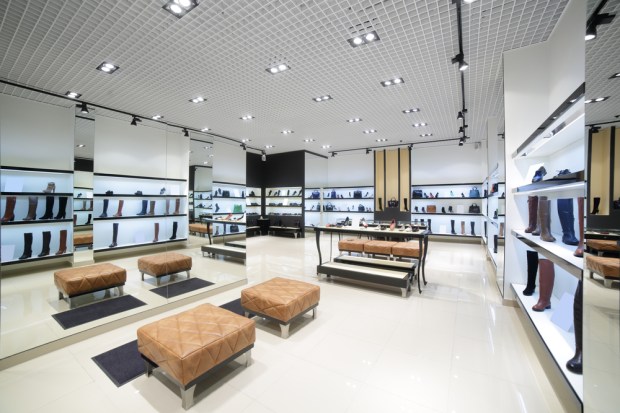Retail Sales Weaker Than Expected, Deepening Recovery Concerns

The experts were expecting a weak retail sales report when the numbers hit the wires earlier today (May 15) – but even in an environment of diminished expectations, the number reported by the Census Bureau was a disappointment.
Consumer spending, which represents roughly two-thirds of the U.S. GDP, took a 16.4 percent drop in April from the prior month, according to the release – notably more than the 12.3 percent economists forecasted before the release, and double the record of the 8.3 percent decline logged in March. Year on year, retail sales fell 21.5 percent.
The result represents the largest monthly drop reported since the start of formal records in 1992, and the seasonally adjusted total dollar amount spent on goods dropped back to a level not seen since 2013.
On the upside? Last month’s numbers were revised to be not quite as bad as they originally looked – initially, it was thought that retail sales had dropped by 8.7 percent in March. But admittedly, that is a small comfort, since either way it was, until today, a record-setting bad result. March, in fact, more than doubled the previous record of a 3.9 percent monthly decline set during the height of the Great Recession over a decade ago.
All in, personal consumption was down 7.6 percent during the first quarter – a chilling result, considering that 68 percent of the nation’s nearly $22 trillion in GDP is derived from those expenditures.
“Net-net, consumers couldn’t get out to shop last month as the pandemic virus fight kept them at home, and the result is an economy that has simply collapsed,” Chris Rupkey, chief financial economist at MUFG Union Bank, told CNBC. “We have never seen economic data like this before in history.”
Or mostly collapsed, anyway. One of the few areas of growth demonstrated by the new data release was online sales, which grew by 8.4 percent in April as consumers relocated at least some of their prior consumption habits online. Some, but clearly not all – PYMNTS consumer surveys found that by early April, the economy was already showing signs of buckling under the strain of the pandemic, and consumers were tightening their belts as a result.
Apparel and accessory sales, as forecast by the figures, have been hit particularly hard, as remotely working and recently unemployed consumers looking to save money are suddenly a lot less interested in investing in their wardrobes. According to Census Bureau data, they were down 78.8 percent from the prior month and 89.3 percent year over year in April. The only exceptions to that rule, unsurprisingly, were pajamas and athleisure wear.
Others heavily impacted by the shutdown and economic slowdown include electronics and appliances sellers, with sales down 60.6 percent; furniture and home furnishings dealers (down 58.7 percent); sporting goods merchants, which slipped 38 percent; and bars and restaurants, which saw declines of 29.4 percent in April, according to the Census bureau.
What happens now, and what May’s figures and beyond will look like, remains very much unknown. There are some favorable economic indicators: According to CNN’s reports, a preliminary glance at May’s consumer sentiment from the University of Michigan showed a slight uptick in consumer confidence – which might indicate a bump in retail coming in May, particularly if firms reopen and hourly workers start bringing in wages again.
But that, of course, remains a very big “if.” While predictions of a quick turnaround and a so-called V-shaped recovery were common a few weeks ago, an increasingly loud chorus of experts are expecting the economic recovery to be a slow process in the absence of a COVID-19 vaccine, as consumers demonstrate genuine wariness about getting back to their former routines.
According to PYMNTS data, those customers are now eight times more afraid of dying from COVID-19, or losing someone they love to it, than losing their jobs or their nest eggs. As of the most recent survey, over a quarter of respondents reported being totally uninterested in activities outside their homes at this time, while 46 percent report being only somewhat or slightly interested in going out again.
And, as Federal Reserve Chairman Jerome Powell noted while speaking to the Peterson Institute for International Economics, the length of the health crisis and the damage wrought thus far indicates that a fast recovery seems unlikely. In fact, he sees it as bordering on nonexistent, based on the “lasting damage” to the economy’s productivity. There may be actions that can blunt some of the damage by the Federal Reserve and Congress, he noted, but reversing it immediately is likely not an option.
While we can hope that this month’s retail sales represent what will ultimately be known as the low water mark, economically speaking, the likelihood seems to be that a strong retail sales report might not be agenda for the remainder of 2020.
